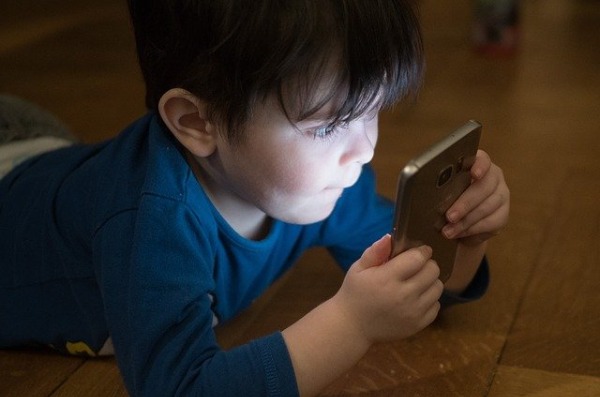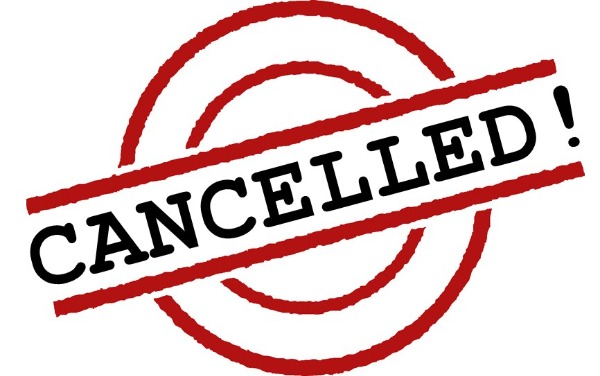The Subtle Art of Persuasive Design

Tech companies use “persuasive design” to get us hooked. Some psychologists say it’s unethical. Children are particularly susceptible to "hidden manipulation techniques," but lots of adults are also taken in by its use, especially in social media and advertising on the Internet. by companies like Facebook and Twitter.
It is in front of our faces when we are getting notifications on our phone and even when that next episode or video on Netflix or YouTube loads itself as soon as we finish one.
Back in the 1970s, there were plenty of articles and theses written about the dangers of too much television affecting children. Kids have 10 times the amount of screen time now compared to just 2011. Of course, now we are talking about more screens than just the family TV set. They spend an average of 400 minutes using technology, according to Common Sense Media.
Media companies have been using behavioral science for decades to create products that we want to use more and more. Remember how the tobacco companies were sued for the ways they hooked people on cigarettes? Big tech uses persuasive technology which is a fairly new field of research based on studying how technology changes the way humans think and act.
Using persuasive design techniques, companies incorporate this research into games and apps. As soon as a child begins to move on to Twitter, Facebook, Snapchat, Amazon, Apple, and Microsoft apps, they have been pre-conditioned for specific behaviors.
Apple CEO, Tim Cook, has warned that algorithms pushing us to catastrophic results, though critics will say that Apple itself is not free from using persuasive design.
Social media companies are being targeted for deliberately addicting users to their products for financial gain. Some design features, such as infinite scroll, are features that are seen as highly habit-forming. Along with features that may appear as a "plus", like notifications, they keep us on our devices and looking at advertising and clicking longer. They encourage the "fear of missing out" (FOMO).
The infinite scroll was a feature designed by Aza Raskin when he was working for Humanized - a computer user-interface consultancy. He now questions its use.
He is not alone. Leah Pearlman, co-inventor of Facebook's Like button, said she had become hooked on Facebook because she had begun basing her sense of self-worth on the number of "likes" she had. But Ms Pearlman said she had not intended the Like button to be addictive, and she also believes that social media use has many benefits for lots of people.
Defenders of persuasive tech say it can have positive effects. There are apps that remind/train people to take medicine on time or develop weight loss habits. But critics are concerned with persuasive design that is not intended to improve lifestyles but to keep people on their devices in order to sell.
A letter signed by 50 psychologists was sent to the American Psychological Association accusing psychologists working at tech companies of using “hidden manipulation techniques” and asks the APA to take an ethical stand on behalf of kids.
 I don't think it would be considered "cancel culture," but year-to-year we see technologies get canceled. This past week, my wife asked me to take the DVDs I have on three shelves and "either put them somewhere else - or get rid of them."
I don't think it would be considered "cancel culture," but year-to-year we see technologies get canceled. This past week, my wife asked me to take the DVDs I have on three shelves and "either put them somewhere else - or get rid of them." The phrase "cancel culture" is showing up in the news more frequently. Cancel culture (or call-out culture) is the term sometimes used when someone is shut out of a social or professional group. This could be either online (particularly on social media), in the real world, or both. Those who are subject to this ostracism are said to be "canceled."
The phrase "cancel culture" is showing up in the news more frequently. Cancel culture (or call-out culture) is the term sometimes used when someone is shut out of a social or professional group. This could be either online (particularly on social media), in the real world, or both. Those who are subject to this ostracism are said to be "canceled." The term “Web 2.0” was popularized by Tim O'Reilly and Dale Dougherty at the O'Reilly Media Web 2.0 Conference in late 2004.
The term “Web 2.0” was popularized by Tim O'Reilly and Dale Dougherty at the O'Reilly Media Web 2.0 Conference in late 2004.